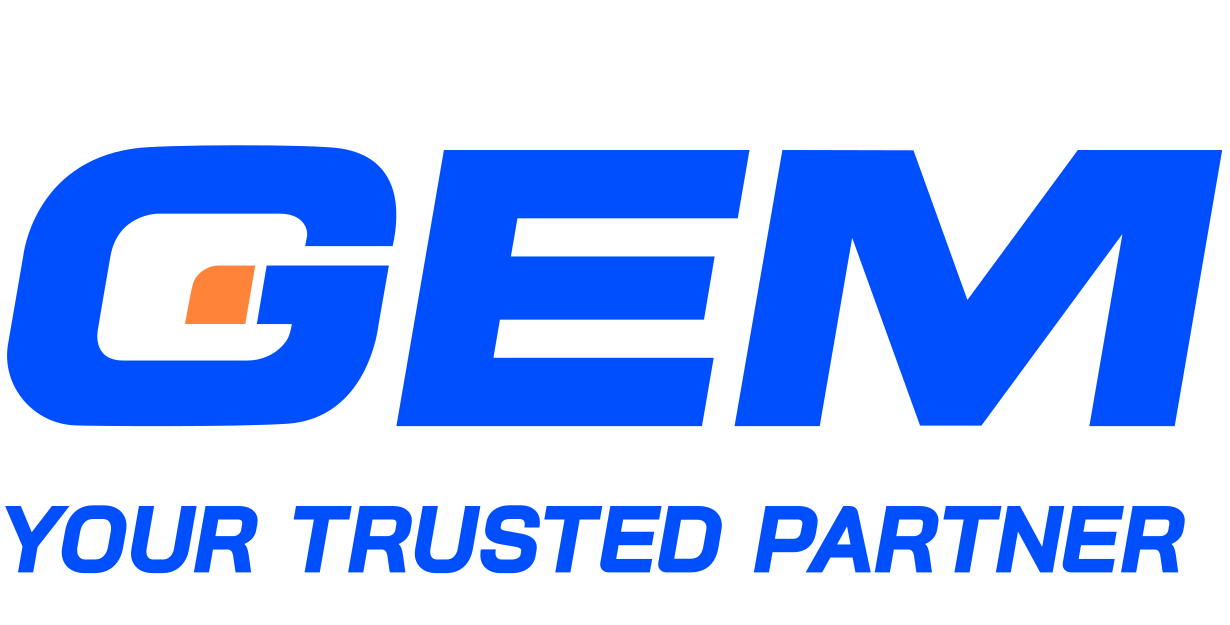Contents
The global data and analytics software market reached an estimated $141.91 billion in 2023, and it’s projected to more than double by 2030. As businesses modernize data infrastructure to meet growing demand, two platforms often lead the conversation: Databricks and Snowflake. Each offers a distinct approach to managing, processing, and analyzing data at scale, shaped by different priorities around engineering, analytics, and AI. In this article, we examine Databricks vs Snowflake across architecture, performance, integration, and cost, so you can decide which one aligns better with your data strategy.
What is Databricks?
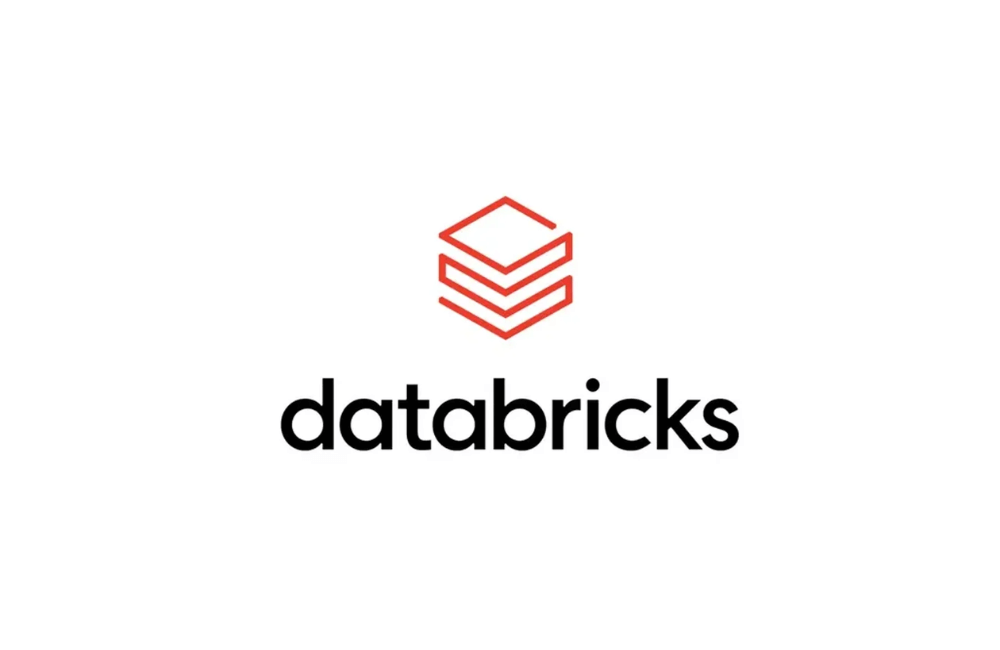
Platform Overview
Databricks is an enterprise data platform designed to unify analytics, engineering, and machine learning on a single collaborative workspace. Originally built on Apache Spark, it has evolved into a fully managed cloud-native environment that supports the Lakehouse architecture. This model combines the scalability of data lakes with the reliability and performance of data warehouses. Databricks is available on AWS, Azure, and Google Cloud, and it supports languages including Python, SQL, R, and Scala. Its open ecosystem and modular design make it well-suited for advanced data workloads across industries.
Key Capabilities
Lakehouse architecture
Databricks introduced the Lakehouse concept to address the limitations of traditional data warehouses and data lakes. The platform allows organizations to store structured, semi-structured, and unstructured data in open formats, while layering on ACID transactions, schema enforcement, and performance optimizations typically found in data warehouses. This approach supports a unified data infrastructure for both analytics and machine learning.
MLflow and MLOps
Databricks offers native tools for machine learning lifecycle management through MLflow. Teams can track experiments, manage model versions, and deploy models across environments without switching platforms. This capability supports operationalization of AI initiatives and aligns with growing enterprise needs around model governance and reproducibility.
Delta Lake and streaming support
Delta Lake, an open-source storage framework developed by Databricks, brings reliability to data lakes through features like version control, schema evolution, and time travel. Combined with native streaming support, it enables real-time data ingestion and processing, making it possible to build near-instant analytics and event-driven applications.
Typical Use Cases
- Building and deploying predictive models at scale
- Real-time data processing and streaming analytics
- Unified data pipelines across batch and streaming workloads
- Customer 360 platforms that merge data from multiple touchpoints
- AI-driven personalization and recommendation systems
- Data lake modernization for regulated industries
Strategic Fit: When Databricks works best
Databricks aligns with organizations that prioritize advanced analytics, machine learning, and real-time processing. It’s a strong fit for teams that work with large, complex datasets across multiple formats and require deeper control over the data engineering lifecycle. Enterprises with skilled data science and engineering teams often choose Databricks for its flexibility and ability to support end-to-end AI workflows.
What is Snowflake?
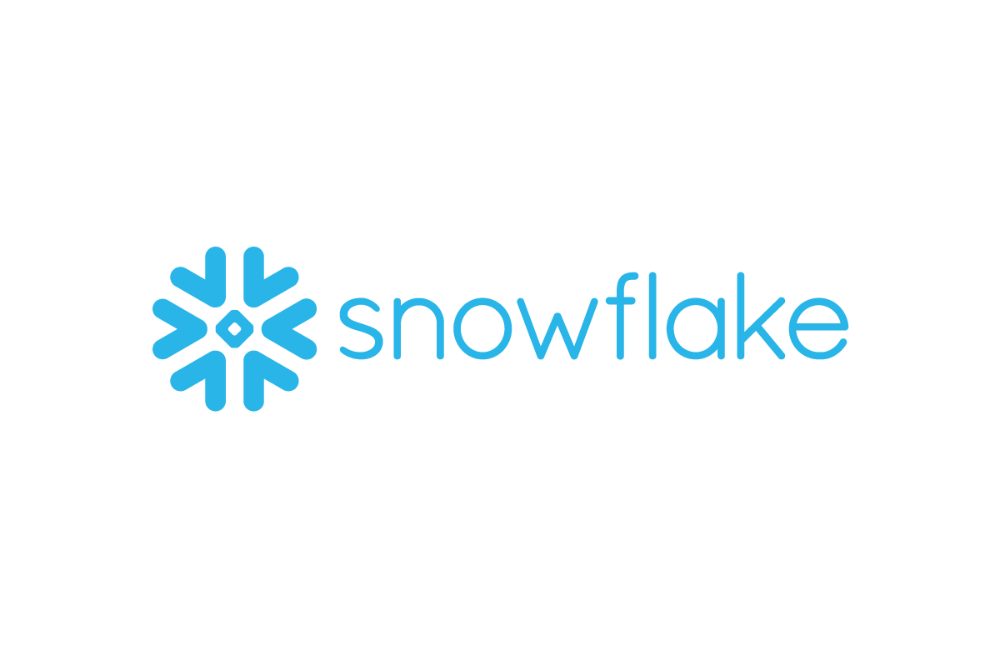
Platform Overview
Snowflake is a cloud-native data platform and Software as a Service (SaaS) offering that provides data warehousing, data lake, and data sharing services by separating storage and compute resources. It runs on major public clouds like AWS, Azure, and GCP, providing a flexible, scalable, and cost-effective way for organizations to unify, store, and analyze diverse data types using SQL and other languages, and to securely share that data with other businesses.
Key Capabilities
Virtual Warehouses
Snowflake uses a multi-cluster architecture where compute resources are isolated into “virtual warehouses.” Each warehouse can scale independently to handle concurrent workloads without contention. This architecture helps optimize performance and cost management, particularly for analytics use cases that require consistent response times.
Native Support for Structured/Semi-Structured Data
Snowflake supports structured and semi-structured data formats such as JSON, Avro, and Parquet. This allows data teams to ingest, query, and transform diverse datasets using standard SQL, without the need for complex data conversions or external processing engines.
Data Sharing and Marketplace
One of Snowflake’s standout capabilities is its secure data sharing model. Organizations can share live, governed datasets with external partners in real time, without the need to copy or move data. Snowflake Marketplace extends this model by offering access to third-party datasets and services directly within the platform.
Typical Use Cases
- Business intelligence dashboards and reporting
- Centralized data warehouses for finance, sales, and operations
- Data sharing across subsidiaries, partners, or clients
- Ad hoc analytics and SQL-based exploration
- Integration with BI tools like Tableau, Power BI, and Looker
Strategic Fit: When Snowflake works best
Snowflake is well-suited for organizations focused on scalable, SQL-based analytics with minimal infrastructure overhead. It’s a strong choice for teams that rely heavily on BI tools and need a data platform that is quick to deploy and easy to manage. Enterprises with structured or semi-structured data, and those operating in multi-cloud environments, often choose Snowflake for its simplicity and cross-cloud capabilities.
Databricks vs Snowflake: A Comprehensive Comparison
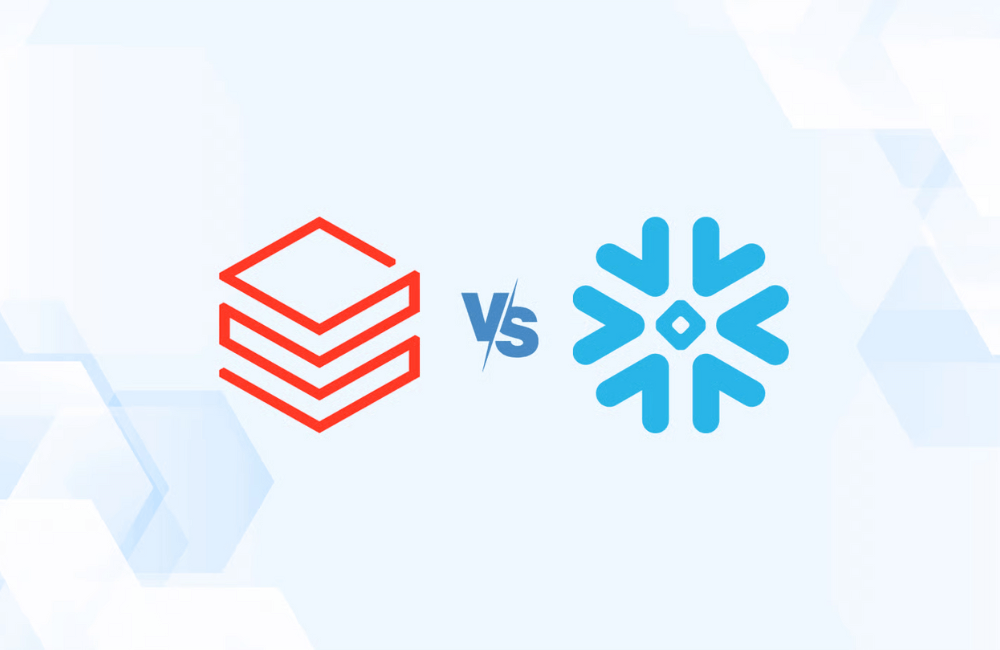
While both platforms offer cloud-native architectures and serve overlapping use cases, their core philosophies, capabilities, and operating models differ in meaningful ways. This section outlines where they align and diverge across key dimensions.
Similarities
Despite their distinct architectures, Databricks and Snowflake share foundational characteristics that make them relevant for modern data strategies:
- Cloud-Native Foundations
Both platforms are designed to run natively on major public clouds – AWS, Azure, and Google Cloud. This allows them to take advantage of elastic compute, object storage, and native security services.
- Separation of Storage and Compute
Databricks and Snowflake decouple compute from storage, enabling on-demand scaling of resources and reducing the need for over-provisioning. This model improves workload isolation and cost efficiency.
- Support for Multi-Cloud Deployments
Enterprises operating across different cloud providers can deploy both platforms in multi-cloud environments, with consistent user experiences and integration pipelines.
- Enterprise-Grade Security and Governance
Both platforms support role-based access control (RBAC), encryption at rest and in transit, compliance certifications (such as SOC 2 and HIPAA), and audit logging. Features like data masking and fine-grained permissions are available to support regulatory use cases.
Differences
The platforms share similar foundations, yet they diverge in how they approach data architecture, user experience, AI readiness, and cost management.
- Architecture and Data Strategy
- Databricks is built around the Lakehouse architecture, which combines the openness of data lakes with the reliability of data warehouses. It supports a wide range of data types – structured, semi-structured, and unstructured within a unified platform.
- Snowflake, on the other hand, is optimized for structured and semi-structured data, using a proprietary architecture that abstracts most infrastructure concerns from the user. It provides a warehouse-first approach, favoring SQL analytics and data sharing.
- Performance and Workload Optimization
- Databricks relies on Apache Spark as its core execution engine, offering parallel processing for large-scale pipelines. It’s optimized for compute-intensive workloads, such as machine learning training and real-time data processing.
- Snowflake uses a multi-cluster shared data architecture, which automatically allocates compute resources through virtual warehouses. It delivers consistent performance for SQL queries and BI workloads with minimal tuning.
- Scalability and Elasticity
- Databricks provides fine-grained control over cluster configurations, making it scalable for complex engineering workflows and AI model training. It supports autoscaling, but requires more involvement from technical teams to optimize.
- Snowflake automatically scales compute clusters up or down based on demand, with virtually no manual intervention. This ease of use makes it attractive for teams prioritizing simplicity and predictable performance.
- User Experience and Accessibility

- Databricks provides a notebook-based collaborative workspace built for engineers, data scientists, and advanced analysts. It supports multiple languages and libraries but requires more technical proficiency to operate effectively.
- Snowflake offers a clean, intuitive interface geared toward analysts and business users. Its SQL-centric environment reduces the technical barrier to entry and supports seamless integration with BI tools.
- AI/ML and Advanced Analytics Support
- Databricks has a strong focus on data science and AI, with native tools like MLflow, AutoML, and support for distributed training. It’s designed to run full MLOps pipelines and production-grade machine learning at scale.
- Snowflake has recently expanded its ML capabilities through integrations with external platforms, UDFs, and tools like Snowpark. While growing, its AI support is less mature compared to Databricks and is more reliant on third-party services.
- Ecosystem and Integration
- Databricks supports open-source frameworks such as Apache Spark, Delta Lake, and MLflow, and integrates with tools like dbt, Airflow, and Kubernetes. Its flexibility appeals to teams building custom data stacks.
- Snowflake provides a tightly managed ecosystem, with native connectors to tools like Tableau, Power BI, and Fivetran. The Snowflake Marketplace enables data sharing and access to third-party datasets within the platform.
- Governance and Cataloging
- Databricks offers Unity Catalog for unified data governance, lineage tracking, and access control across data and AI assets. It supports central policies across multiple workspaces and asset types.
- Snowflake includes governance features like object tagging, masking policies, and access history. It provides strong native controls for structured data but lacks the unified governance layer across AI/ML pipelines found in Unity Catalog.
- Pricing Model and Cost Control
- Databricks charges based on Databricks Units (DBUs), which vary depending on compute type and workload class. While flexible, this model requires detailed monitoring to control costs effectively.
- Snowflake uses a consumption-based pricing model tied to the use of virtual warehouses. Its cost structure is easier to forecast for SQL workloads, but may be less efficient for compute-heavy operations like ML training.
Summary Table: Databricks vs Snowflake
| Category | Databricks | Snowflake |
| Core Focus | Unified data, analytics, and AI platform | Cloud-native data warehouse and sharing |
| Architecture | Lakehouse (open data formats + ACID) | Multi-cluster shared data architecture |
| Performance Model | Apache Spark engine, optimized for ML & ETL | Virtual warehouses optimized for SQL workloads |
| Scalability | Granular control, optimized for custom workloads | Auto-scaling clusters with minimal configuration |
| User Experience | Engineering and data science-focused | SQL-first, analyst-friendly interface |
| AI/ML Support | Native tools (MLflow, AutoML, distributed ML) | Growing via Snowpark and external integrations |
| Ecosystem | Open-source tools and frameworks | Managed ecosystem, strong data sharing model |
| Governance & Cataloging | Unity Catalog for unified governance | Native RBAC, tagging, and masking policies |
| Pricing | Usage-based via DBUs | Consumption-based per warehouse usage |
Databricks vs Snowflake Decision Framework: Which Platform Fits Your Priorities?
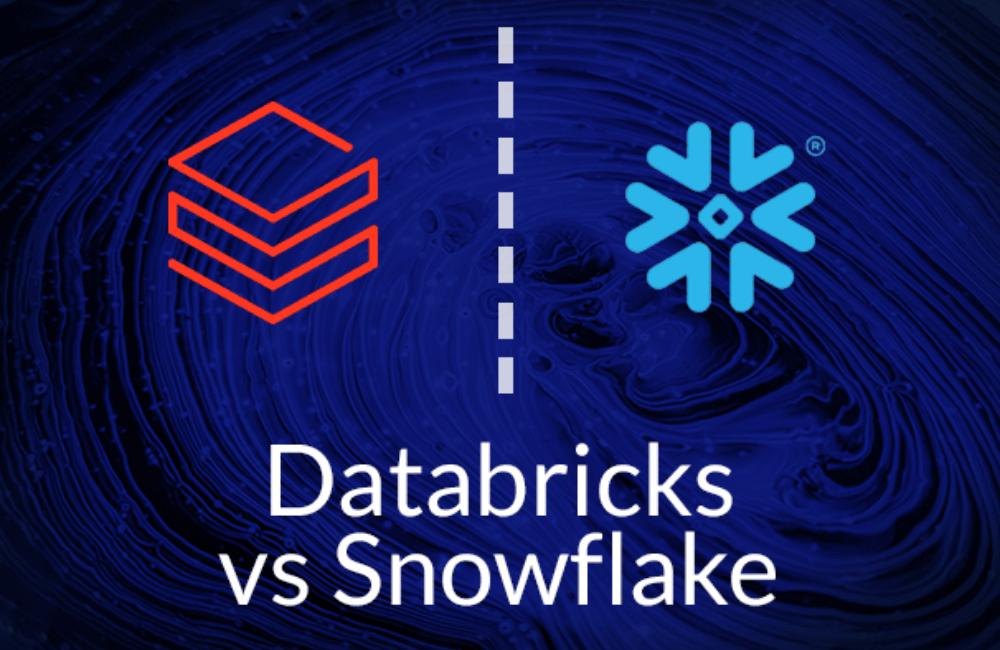
Choose Databricks If You
- Focus on data science and AI development: Databricks supports full lifecycle machine learning workflows, from exploratory analysis to model deployment. Teams can build, train, and manage models in one environment without context switching.
- Work with diverse or complex datasets: Databricks supports structured, semi-structured, and unstructured data formats across batch and streaming pipelines. This makes it easier to manage event data, logs, images, and sensor outputs in a unified environment.
- Run advanced data engineering pipelines: Databricks handles large-scale ETL/ELT pipelines, real-time processing, and data orchestration with tools like Spark and Delta Live Tables. It offers more flexibility for building custom pipelines across varied data sources.
- Have a technical team comfortable with code-first tools: Databricks is designed for data engineers and scientists who prefer working in Python, Scala, R, or SQL within collaborative notebooks. This suits organizations with in-house technical talent and DevOps maturity.
Choose Snowflake If You
- Prioritize ease of use and SQL-first workflows: Snowflake is designed for teams that want to query data quickly using SQL, without managing infrastructure. The interface and workflows suit analysts, ops teams, and business units working with dashboards and reports.
- Rely heavily on structured or semi-structured data: Snowflake performs well with relational datasets, nested JSON, and time-series data for reporting, forecasting, and KPI analysis. Its architecture is optimized for these data types.
- Need fast deployment and minimal configuration: Snowflake abstracts cluster management, autoscaling, and tuning. This makes it easier for organizations with lean data teams to get started and scale usage gradually.
- Operate across multiple clouds or share data externally: Snowflake’s native support for cross-cloud data sharing and its Marketplace simplify collaboration with partners and vendors. This is useful for data monetization or regulatory reporting across jurisdictions.
Strategic Considerations for Long-Term Use
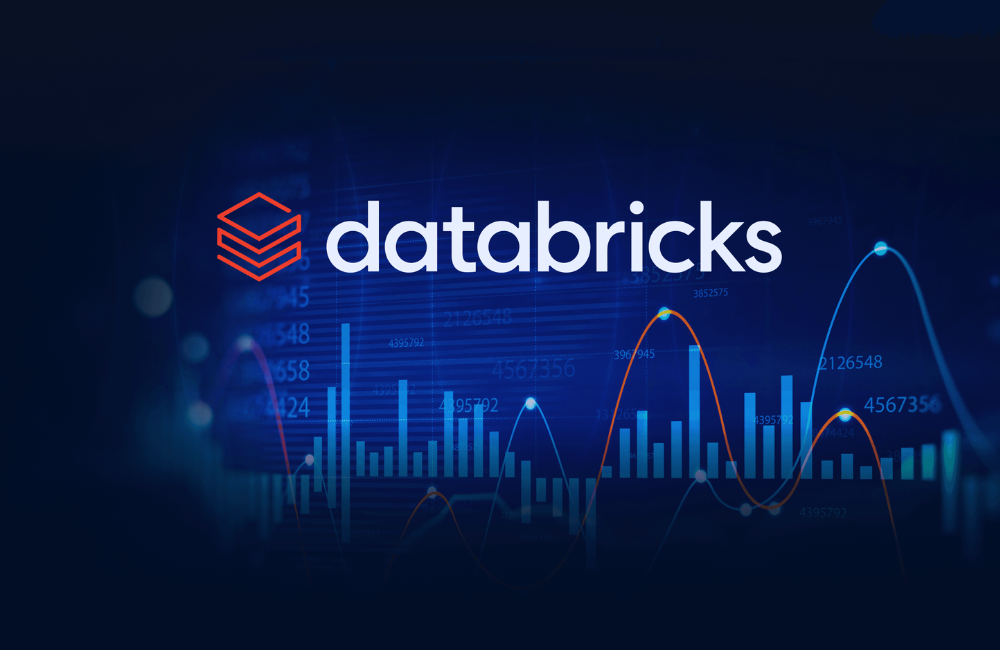
When evaluating Databricks and Snowflake for long-term adoption, short-term performance or usability gains often take precedence. But over time, architectural alignment, cost control, and operational resilience become more influential in determining platform value.
Alignment with Modern Data Architectures
As organizations move toward decentralized models like data mesh and data fabric, platform flexibility and governance matter more than monolithic performance.
- Databricks supports domain-oriented ownership through its Lakehouse architecture, giving teams autonomy over pipelines while maintaining consistency through features like Unity Catalog. Its open ecosystem enables integration with various orchestration and cataloging tools, making it suitable for federated or composable architectures.
- Snowflake centralizes governance and data access while allowing virtual warehouses to operate in parallel. It works well for data fabric patterns where discoverability, sharing, and policy enforcement are centralized, but data stewardship remains distributed.
Vendor Lock-In and Data Portability
Switching costs and data mobility are long-term concerns, especially as organizations adopt multi-cloud or hybrid strategies.
- Databricks is built on open-source components like Apache Spark and Delta Lake, which reduces dependency on proprietary formats. This supports portability across cloud providers and minimizes disruption if architectural changes are required later.
- Snowflake uses a proprietary architecture and internal data formats. While it supports open file ingestion and multi-cloud deployments, full data extraction may require additional steps, increasing the level of dependency on Snowflake-native workflows and services.
Managing Costs at Scale

Initial pricing models can be attractive, but long-term cost predictability and control are often harder to sustain, especially with high-throughput workloads.
- Databricks uses Databricks Units (DBUs) to charge based on compute usage. This model provides flexibility across workload types but requires rigorous monitoring to avoid cost sprawl, particularly with complex or long-running jobs.
- Snowflake charges based on virtual warehouse usage and storage consumption. Costs are easier to forecast for SQL-based analytics, but can grow rapidly with increased concurrency or high-frequency workloads unless virtual warehouse usage is carefully segmented.
Supporting Hybrid Workloads
Few organizations operate with singular workload types. Supporting a mix of streaming, batch, and ML workloads in a unified environment becomes important over time.
- Databricks is purpose-built for hybrid workloads, combining structured data analytics with real-time ingestion, notebook-based exploration, and ML model deployment. It supports both event-driven and scheduled pipelines using a unified engine.
- Snowflake supports streaming ingestion through Snowpipe and can handle batch transformations well. It has taken steps to accommodate ML through Snowpark and external integrations, but is more naturally aligned with batch and SQL-based use cases.
Operational Maturity: Support, SLAs, and Ecosystem Depth
As platform usage expands, the quality of support, ecosystem partnerships, and maturity of tooling can shape long-term success.
- Databricks offers enterprise-grade SLAs, technical account management, and integrations across data science toolchains. Its open-source roots provide flexibility, though support may vary for community-maintained connectors or libraries.
- Snowflake offers managed services with consistent SLAs and a rapidly growing partner ecosystem. Its tight control over the platform lends itself to more standardized support paths, especially for customers using Snowflake-native tools and workflows.
GEM Corporation – Strategic Partner for Scalable Data Platforms

GEM Corporation is a technology consulting firm that helps enterprises modernize their data infrastructure and accelerate cloud-native transformation. We specialize in building scalable, secure, and high-performance systems across data engineering, analytics, and application modernization. With a team of over 400 IT professionals and a portfolio of 300+ successful projects in Japan, Asia, ANZ, the EU, and the US, we deliver solutions built for long-term impact, across cloud, data, and AI.
GEM is a certified Databricks Consulting Partner, with hands-on experience delivering lakehouse architectures, streaming pipelines, and enterprise-grade AI initiatives on the Databricks platform. Our teams implement Delta Lake, MLflow, and Unity Catalog to support complex data governance and machine learning workflows at scale. In parallel, we bring deep expertise in Snowflake, designing cost-efficient data warehouses, integrating BI tools, and leveraging Snowflake’s native features such as secure data sharing and Snowpark. Each engagement begins with a technology-agnostic assessment of business goals, data maturity, and existing architecture. Based on that, we recommend and execute the most strategic platform choice (e.g, Databricks comparison with other platforms) or a hybrid approach to support long-term growth.
Conclusion
Choosing between Databricks vs Snowflake depends on your organization’s data priorities, technical capabilities, and long-term platform strategy. Databricks offers flexibility for hybrid workloads, advanced engineering, and AI development, while Snowflake provides simplicity, strong SQL performance, and centralized governance. Each platform aligns differently with modern data architectures and cost models. For organizations navigating complex data transformations, the decision is rarely one-size-fits-all.
To discuss the right approach for your business, contact GEM Corporation.
